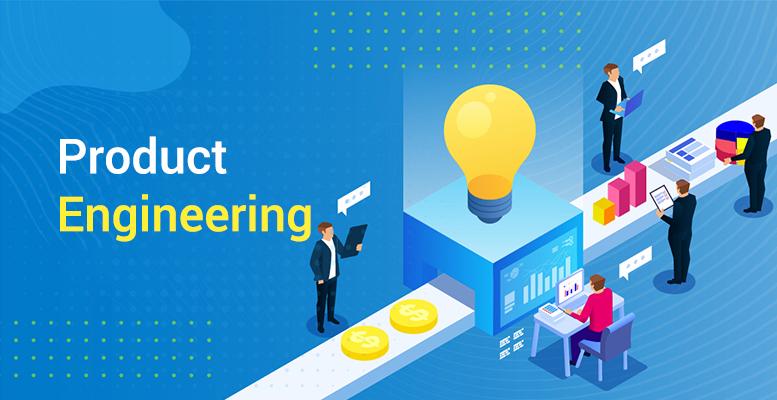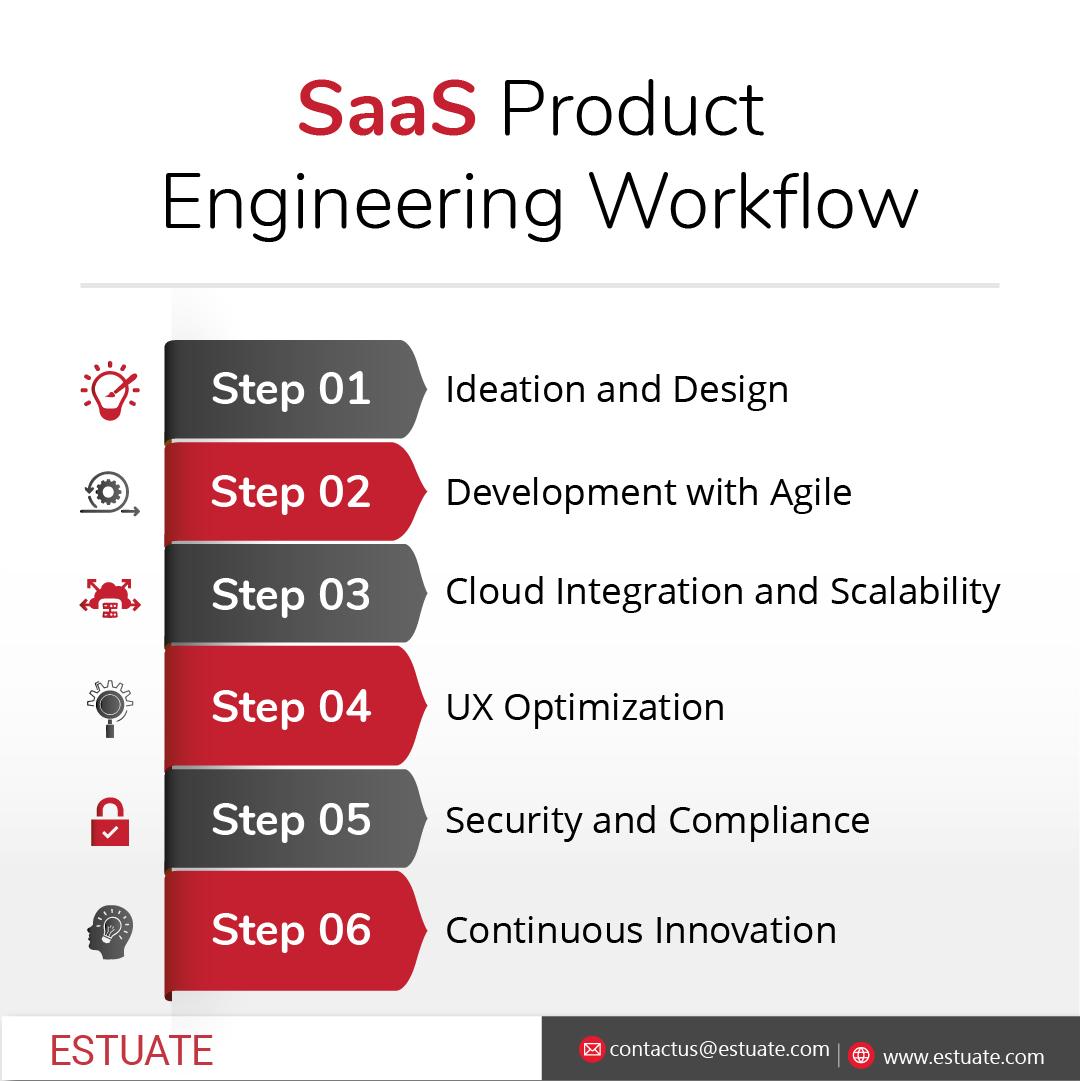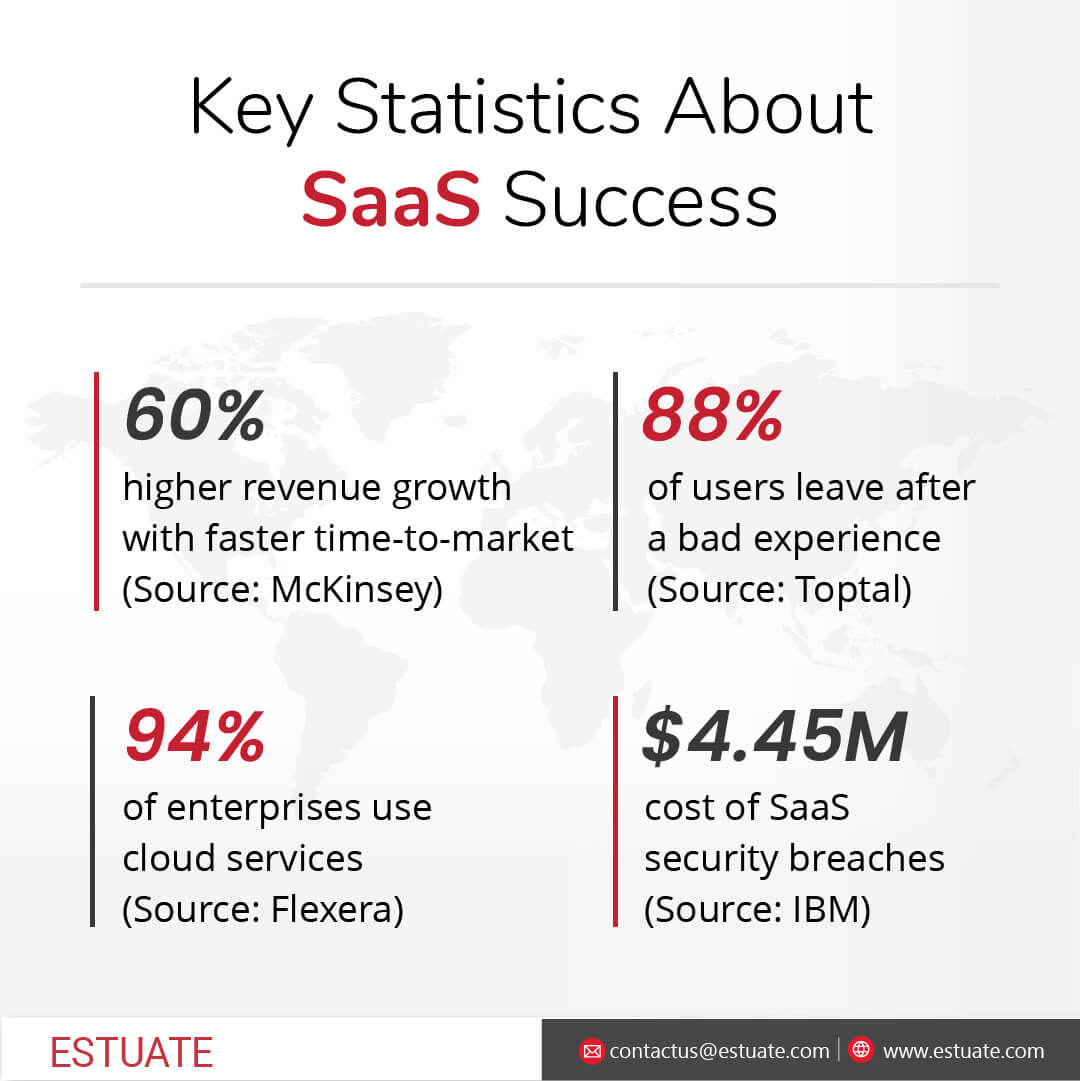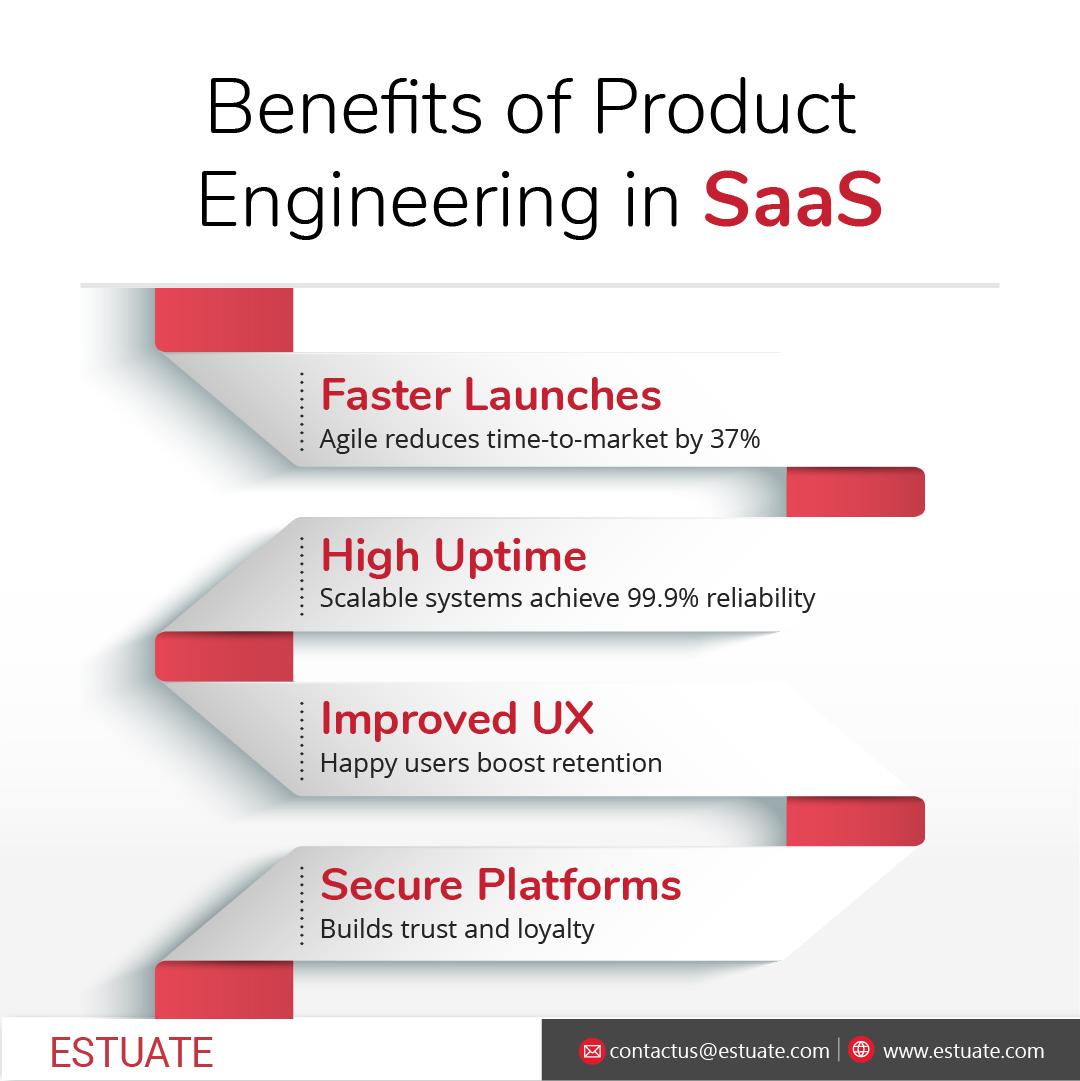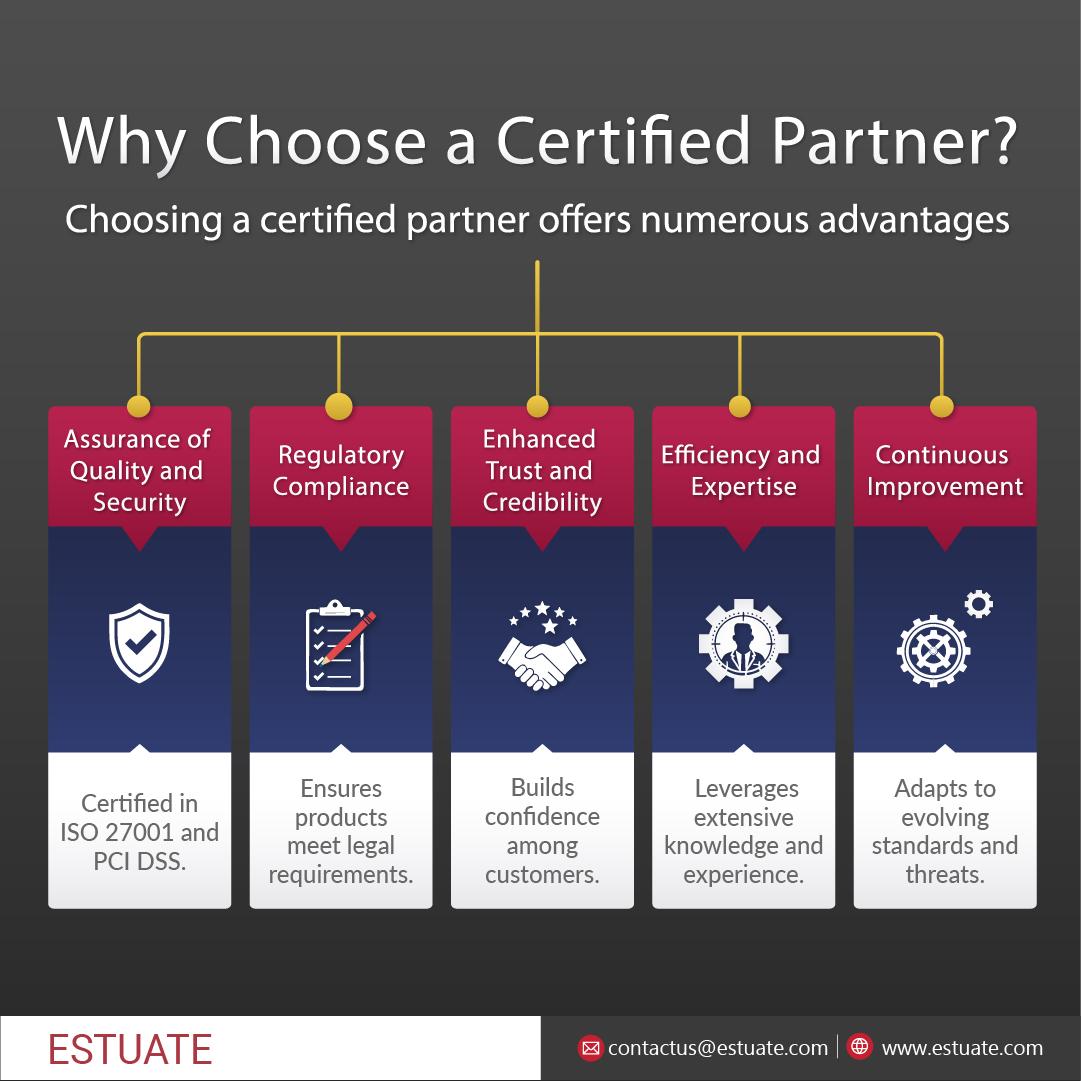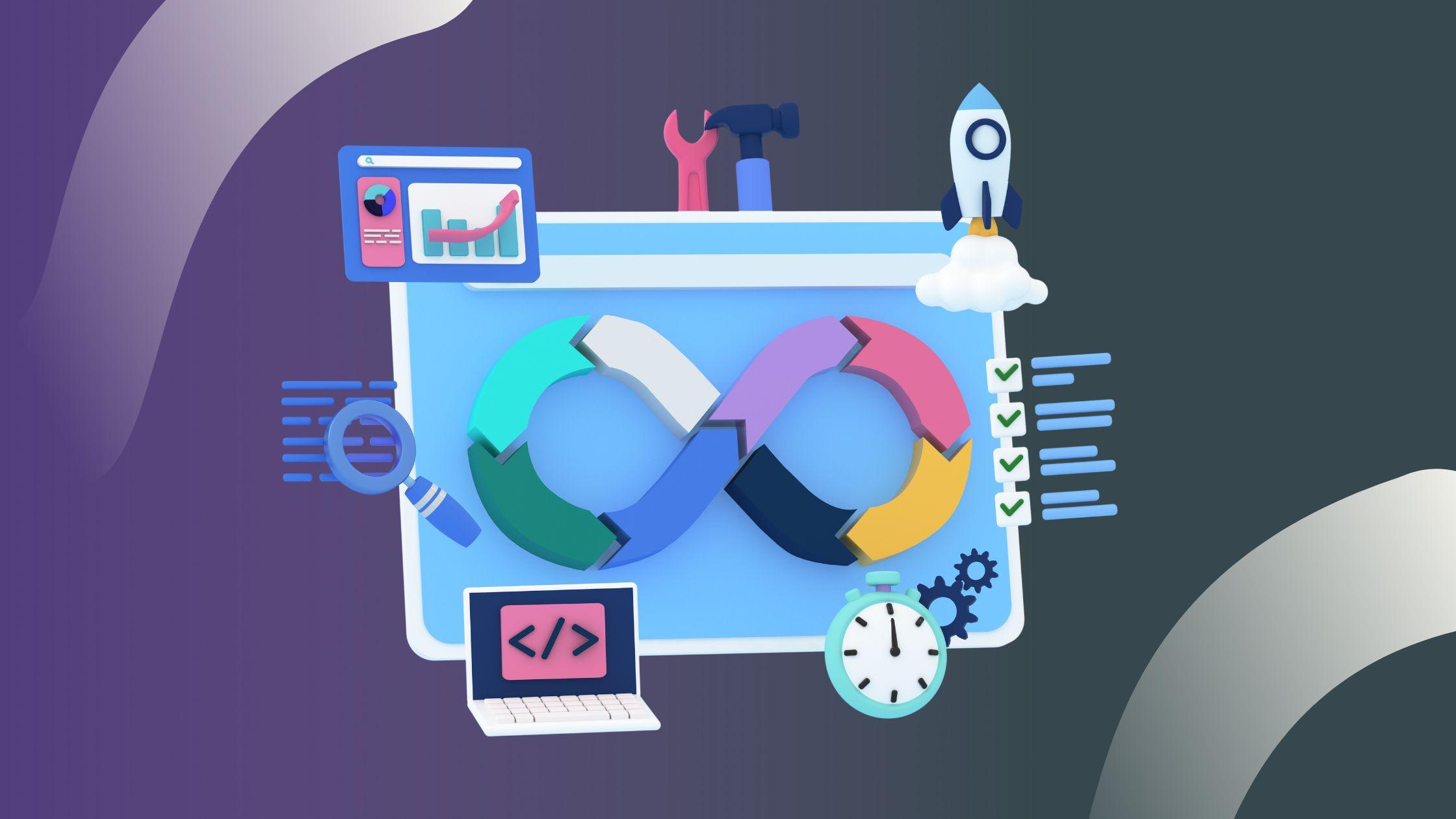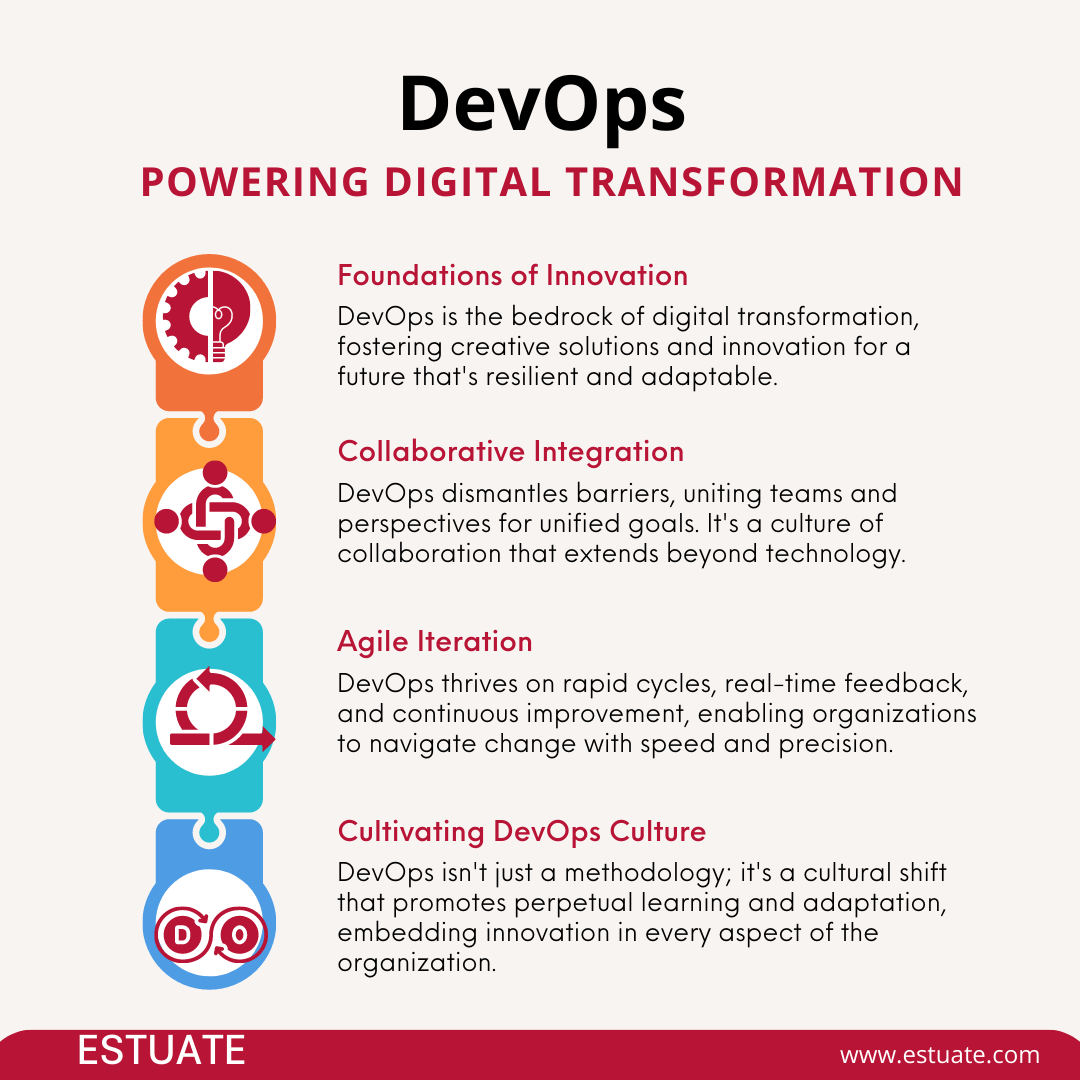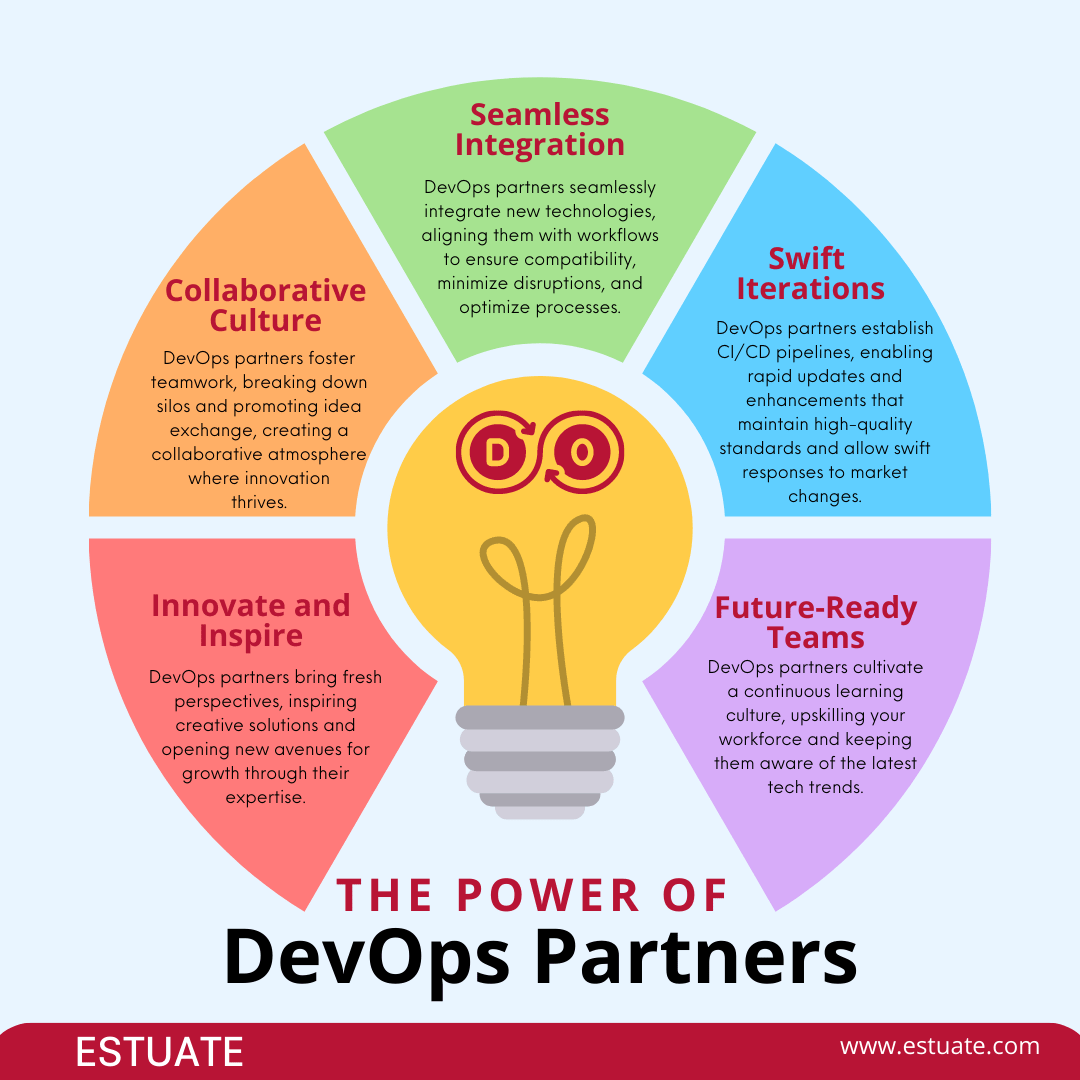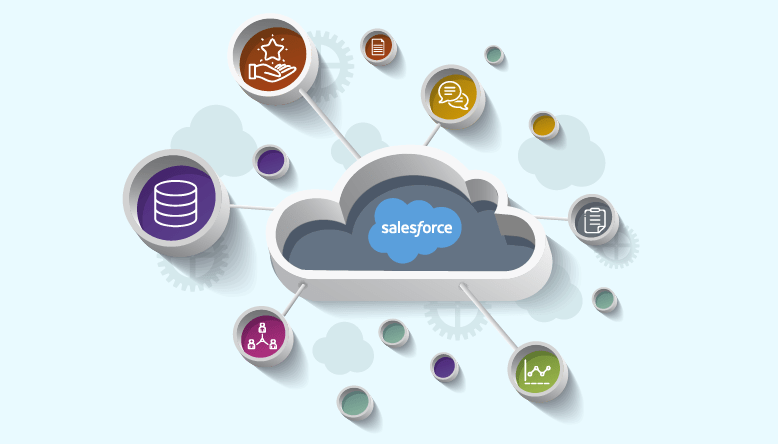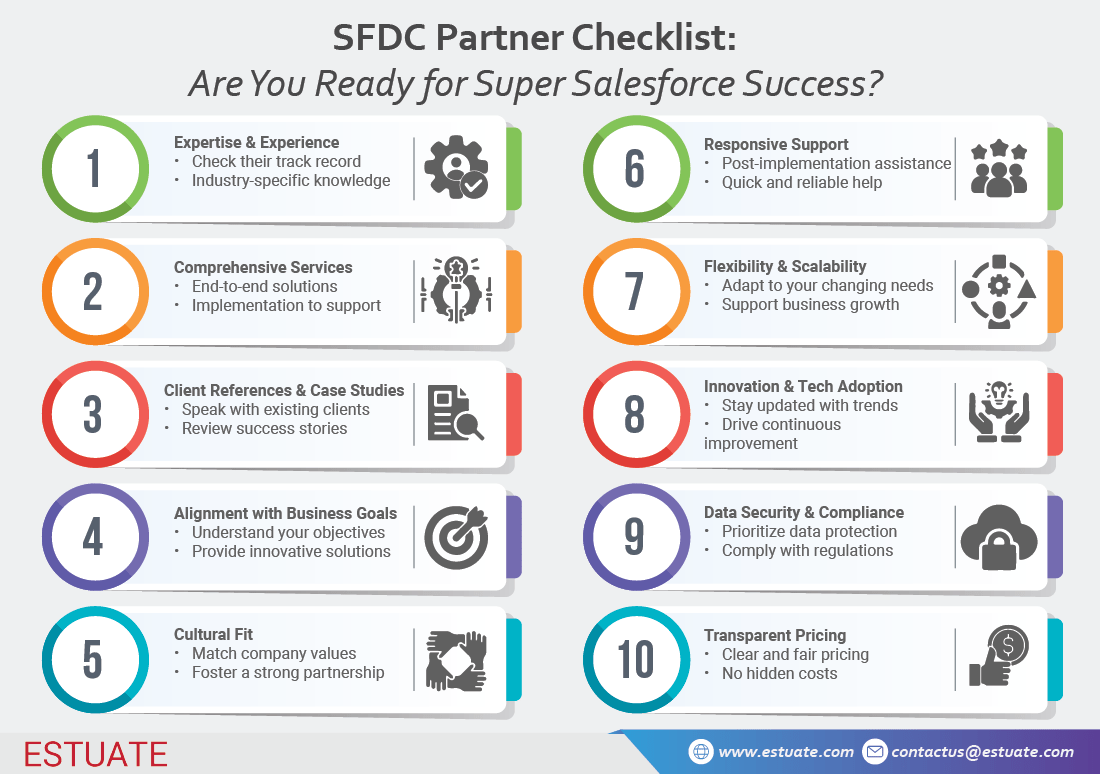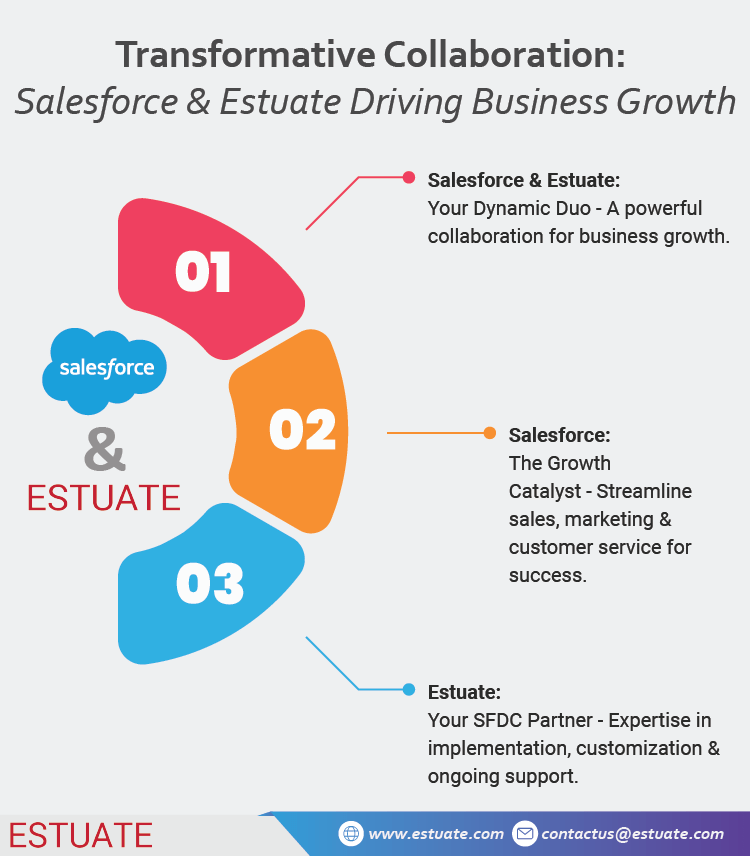Why SaaS Products Lose Momentum After Launch
And How Strong Product Engineering Keeps Growth on Track

The SaaS market continues to expand at an impressive pace. With global revenues expected to exceed $1,228.87 billion by 2032, the opportunities are clear. But alongside the growth comes a less talked about reality. Many SaaS products start strong but lose momentum soon after launch.
A successful rollout often hides deeper issues beneath the surface. These issues begin to emerge as real users start pushing the system. Performance lags. Feature delivery slows down. Security gaps show up in enterprise reviews. The root cause is rarely the business idea itself. More often, it is the product engineering foundation that determines whether a product grows or stalls.
“Most SaaS failures aren’t about bad ideas. They’re about weak engineering.”
The companies that succeed long term are the ones that treat product engineering not as an afterthought but as a strategic pillar.
Where SaaS Products Begin to Struggle After Launch
A product might pass initial testing and demo stages, but real world use is where it is truly tested. When that moment arrives, the architecture, scalability, and design either hold up or begin to break down.
Launch traction ≠ Long-term success
Performance limitations under real usage
Systems built without scale in mind tend to falter once traffic spikes or user behavior becomes more complex. A few seconds of delay might seem minor in testing, but in production, it means lost users. Pages load slowly, background tasks queue up, and outages become more frequent. All of this erodes customer trust and retention.
What starts as a minor technical issue quickly becomes a business problem. Without proactive performance planning and product engineering discipline, growth can become a liability.
Technical debt from early tradeoffs
In the push to deliver an MVP, many teams take shortcuts. They hardcode logic, skip documentation, delay testing, or patch together features with temporary fixes. These decisions may help meet deadlines, but they create long term drag.
“Speed without structure is technical debt in disguise.”
Shortcuts Today, Chaos Tomorrow
Over time, even small changes introduce unexpected bugs. Roadmaps slow down. Developers lose confidence in the codebase. When the pace of innovation drops, so does customer satisfaction.
Lack of integration flexibility
Most SaaS products today need to connect with CRMs, ERPs, analytics platforms, payment gateways, and identity providers. If your product does not support easy integration, it becomes difficult to onboard, difficult to sell, and harder to retain.
“If your SaaS product can’t integrate, it can’t compete.”
Enterprises often reject tools that do not fit into their existing ecosystem. Integration is not a feature. It is a basic expectation.
Cluttered user journeys and onboarding gaps
Even the most technically sound product fails when users cannot figure out how to use it. When the onboarding flow is not intuitive, or when users need support to complete basic actions, engagement drops fast.
Too often, product engineering, design, and product teams operate in silos. The result is a product that works on paper but feels confusing in practice. Users do not give second chances. If they do not find value quickly, they leave.
“Users won’t wait to figure it out. They’ll just leave.”
Future-Proof Your Product
AI, automation, cloud—Estuate’s expertise ensures you stay ahead
in the tech race.
Security and compliance left too late
Security is not a checklist. It is a foundation. When it is treated as a final step, the product ends up missing key controls. No audit trails. Weak access management. Data handling that does not meet compliance standards.
These gaps delay deals, increase risk, and undermine credibility with larger customers. Fixing security late is not only expensive but also disruptive to your team and your roadmap.
74% of SaaS buyers cite security as a key decision factor (source: Cisco 2023 Security Report)
How Product Engineering Enables SaaS Growth and Stability
Strong product engineering teams do more than write code. They create systems that support growth, reduce risks, and give product teams the confidence to move fast without breaking things.
Start with scale in mind
A scalable product does not just survive growth. It thrives in it. That means investing in modular architecture, smart data design, asynchronous processing, and proactive monitoring. When the foundation is solid, user growth becomes an opportunity, not a problem.
Thinking about scale from day one avoids the need to rebuild critical systems when demand increases.
Make maintainability a priority
A well organized codebase is one of the most powerful tools a SaaS team can have. It means new engineers ramp up faster. Features are added with fewer regressions. Fixes are deployed without side effects. Teams move faster, more confidently, and with less stress.
Good product engineering is not about writing perfect code. It is about creating an environment where progress does not come at the cost of stability.
Create alignment across product engineering, product, & design
Product strategy only works when teams are moving in the same direction. Product engineering needs to understand user needs, and product teams need to understand technical tradeoffs. When this alignment happens early, teams deliver faster and with fewer surprises.
Strong collaboration reduces rework, builds better user experiences, and strengthens customer loyalty.
Embed security into everything
Security should not slow you down. It should enable trust. That starts with secure development practices, access control planning, encrypted data flows, and readiness for compliance reviews. These are not extras. They are essential components of enterprise grade SaaS products.
Security conscious product engineering reduces risk and accelerates enterprise sales.
Signs That Your Product Engineering Foundation Needs Attention
If you’re checking more than two boxes, it’s time to review your foundation
Not every problem is obvious, but there are clear warning signs that product engineering is holding
back the product:
- Releases take longer than planned or fail frequently
- Development teams are constantly putting out fires
- Support teams report recurring issues with performance or usability
- Integration requests are hard to deliver or take too long
- Sales cycles are blocked due to security or compliance concerns
- New engineers struggle to onboard and contribute
- Infrastructure costs keep rising without improving reliability
When these patterns emerge, it is time to step back and review the foundation. Ignoring them increases technical debt, slows delivery, and puts customer satisfaction at risk.
Product Engineering Is Not Just Delivery. It Is a Business Strategy.
For SaaS companies, product engineering decisions shape everything. From how fast features ship to how well the product performs under load. Strong product engineering enables growth, innovation, and trust. It reduces risk. It keeps customers loyal. And it gives teams the confidence to keep improving.
Companies that treat product engineering as a strategic lever outperform those that treat it as a background function. Clean architecture, secure systems, and well maintained code do not just support product success. They drive it.
Build. Scale. Innovate
Partner with Estuate for high-performance, secure, and scalable product engineering solutions.
Let’s Talk!
How Estuate Helps You Build Products That Scale
Estuate offers product engineering services designed to support SaaS companies through every phase of growth. From building new platforms to modernizing legacy systems, our teams bring the expertise and structure needed to build software that lasts.
Estuate’s product engineering capabilities include
-
Product strategy and architecture consulting
Set the right technical direction with architecture planning, performance modeling, and roadmap alignment
-
Custom software development
Build secure, scalable, and modern applications across web, mobile, and cloud platforms
-
Product modernization and reengineering
Refactor legacy systems and migrate to modular architectures that support faster innovation
-
DevOps and automation
Streamline delivery with automated testing, release pipelines, and infrastructure management
-
Security and compliance enablement
Implement security by design, with practices that align with industry standards and customer requirements
-
Quality assurance and test automation
Improve reliability through test frameworks, automated validation, and performance testing
Estuate works closely with fast moving SaaS businesses across industries, delivering results that balance speed, stability, and long term impact.
If you are looking to strengthen your product engineering foundation, modernize your SaaS platform, or accelerate your roadmap, we’re here to help.
Reach out to Estuate’s product engineering experts at contactus@estuate.com Or connect with
us on LinkedIn.









